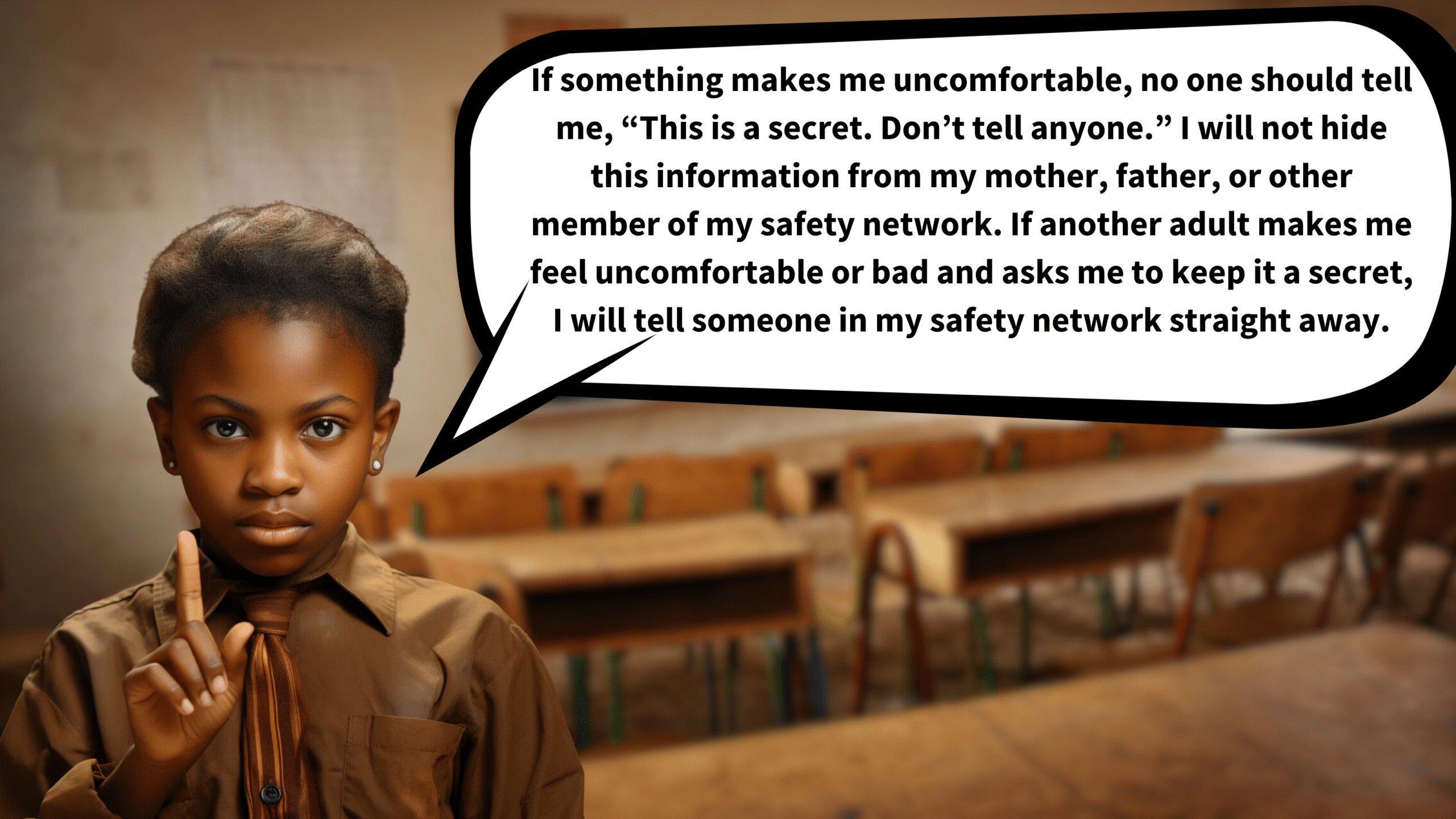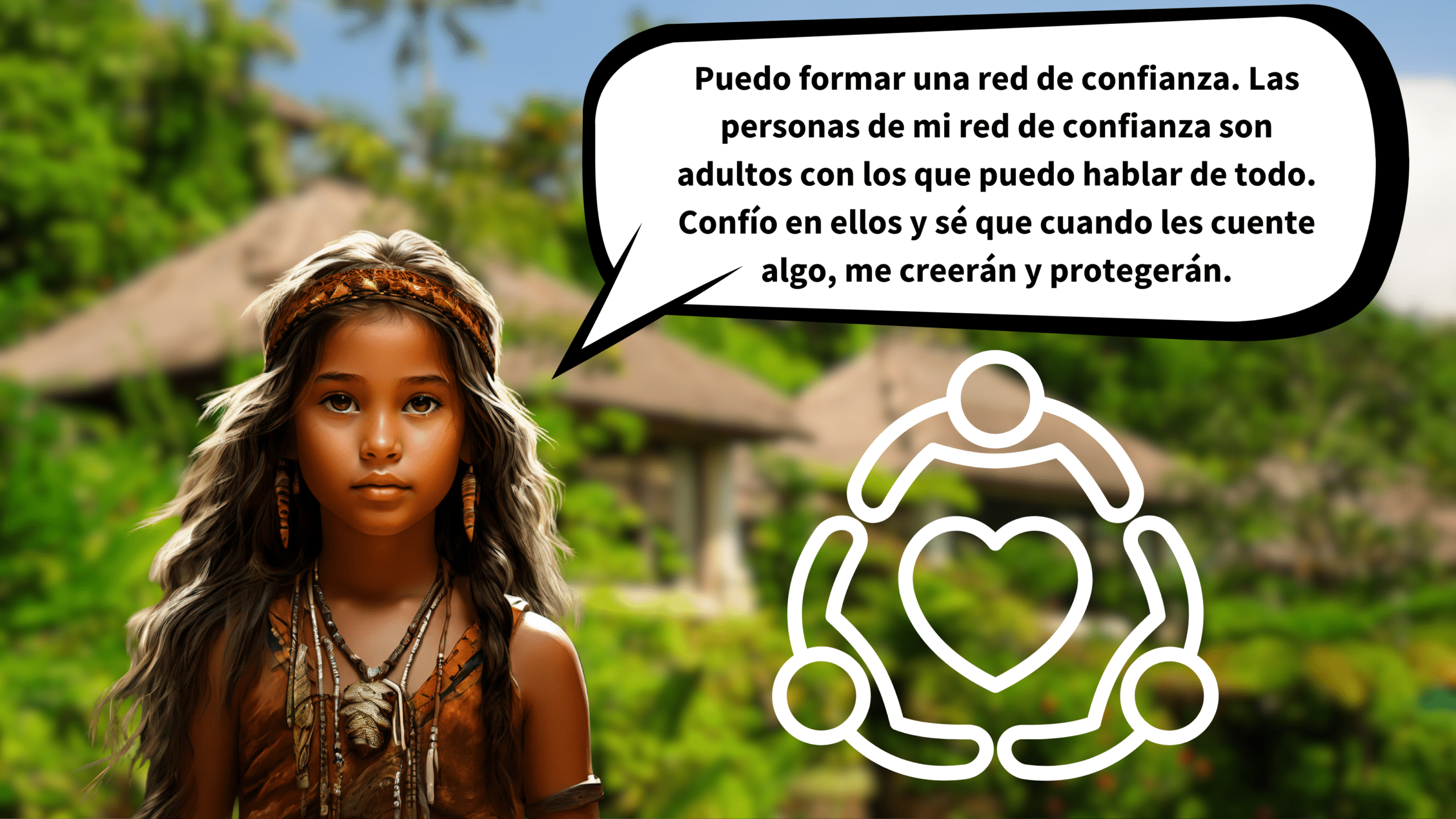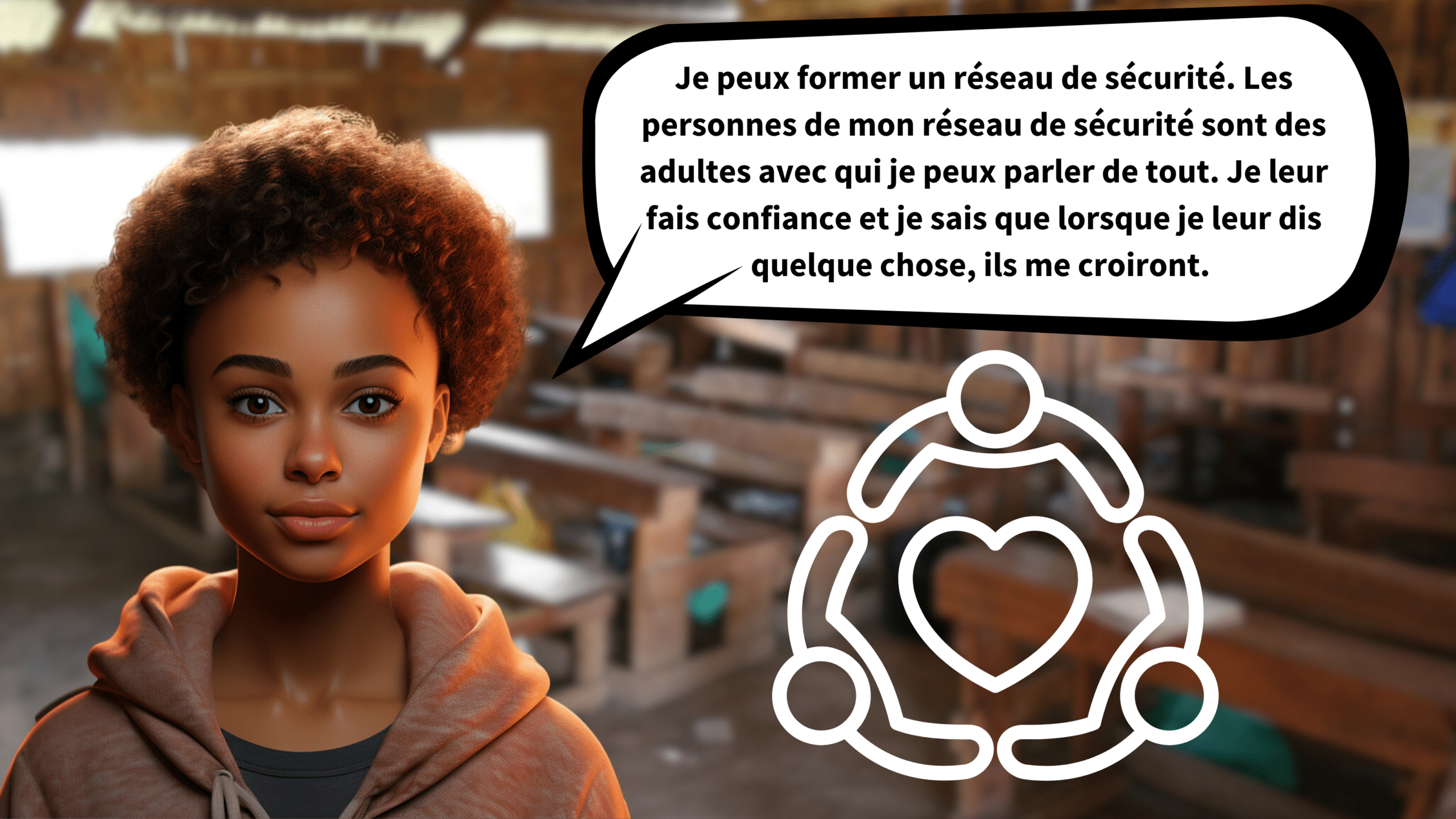Introduction
Ensuring the safety and well-being of children is a fundamental responsibility shared by parents, teachers, and caregivers. The Body Safety materials provided by STEPS, an initiative of NextGenU.org, serve as an essential resource for educating children on personal boundaries, consent, and self-protection.
These materials include age-appropriate videos that empower children with the knowledge and skills to recognize inappropriate behavior, assert their boundaries, and seek help when needed. Additionally, the videos offer guidance for parents and teachers on how to respond effectively when a child discloses an unsafe situation, reinforcing the importance of listening, comforting, and taking appropriate action to ensure the child’s safety.

Understanding Body Safety
Body safety education teaches children about their rights and how to protect themselves from potential harm. Key aspects of this education include:
- Personal Boundaries: Understanding that their body belongs to them and they have the right to say “no” to unwanted touch—even from family members or friends.
- Recognizing Unsafe Situations: Identifying when a situation or interaction makes them feel uncomfortable, unsafe, or scared.
- Building a Safety Network: Encouraging children to identify trusted adults, such as parents, teachers, or close relatives, whom they can turn to for support.
- Understanding the Difference Between Privacy and Secrecy: Teaching children that while privacy is healthy, being asked to keep uncomfortable secrets, especially those involving inappropriate behavior, is not.
- Knowing the Difference Between Good and Bad Touches: Recognizing that some touches—like a hug from a caregiver—are safe, while others—like inappropriate physical contact—should be reported immediately.
- Developing Assertive Communication Skills: Empowering children to confidently express their boundaries and seek help without fear.
What the Body Safety Videos Teach
The Body Safety videos reinforce these principles through engaging content tailored for young audiences. The videos emphasize:
- The right to say no to unwanted physical contact.
- The importance of trusting their instincts when something feels wrong.
- The need to seek help immediately from a trusted adult if they feel unsafe.
- The role of parents and teachers in responding to reports of abuse with care, support, and action.
By presenting these lessons in a clear and accessible format, the videos foster a culture of body safety awareness within classrooms and communities.

Supporting Parents and Teachers
Beyond educating children, the Body Safety materials also equip parents and teachers with strategies to handle disclosures of abuse effectively. Some key recommendations include:
- Listening without judgment and believing the child.
- Staying calm to avoid causing further distress.
- Ensuring the child feels supported and reassured that they are not at fault.
- Reporting incidents promptly to the appropriate authorities.
- Maintaining confidentiality to protect the child’s well-being.
- Providing ongoing emotional support and access to professional care if needed.
Why Body Safety Education Matters
Body safety education is more than just a preventive measure—it is an essential life skill that promotes confidence, resilience, and empowerment in children. By fostering open conversations about safety, consent, and personal boundaries, we help create a safer environment for children to grow, learn, and thrive.
Through initiatives like STEPS, NextGenU.org is committed to providing free, high-quality educational resources that support child safety and well-being. Educators, parents, and community leaders are encouraged to utilize these materials to make body safety education an integral part of children’s learning experiences.
For more information and access to these valuable resources, visit STEPS.
To watch the Body Safety videos, visit Body Safety Videos.

